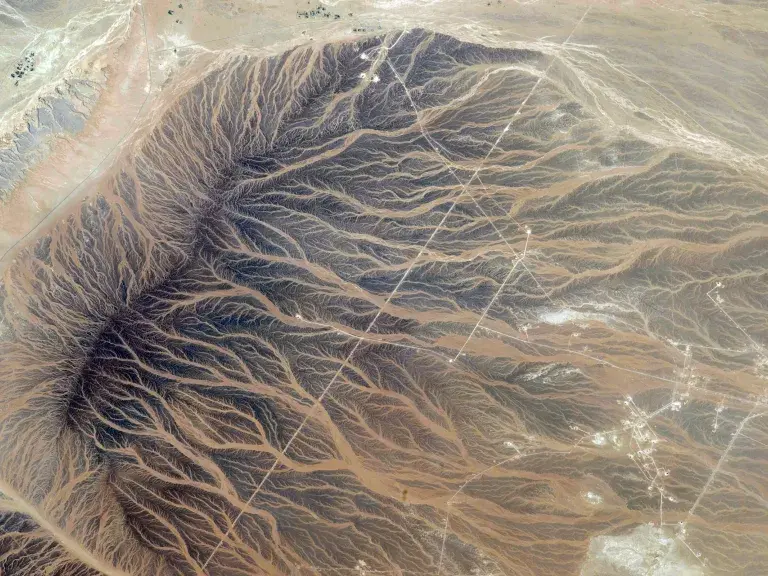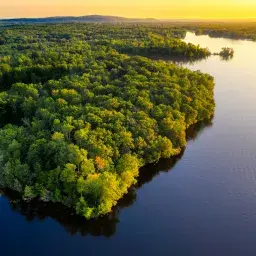
Breadcrumb
- Home
- Regions
Regions
Indian Law Resource Center
Regions & Projects

Central America
In Central America, extractive industry and conservation projects are threatening the special relationship the Indigenous peoples have with their lands and resources.

North America
The North America region is dedicated to protecting Indigenous lands, strengthening tribal sovereignty, and advocating for policies that uphold Indigenous rights.
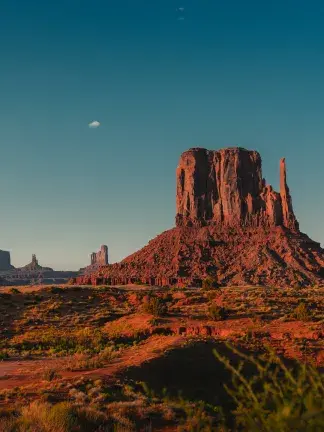
South America
In South America, Indigenous peoples face ongoing challenges in securing legal recognition of their land ownership rights. Our work in this region focuses on advancing land rights, protecting sacred territories, and ensuring Indigenous peoples' voices are heard.
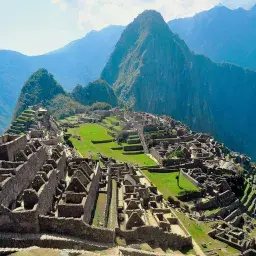
International
The International Region focuses on advancing Indigenous rights and sovereignty on a global scale through advocacy, policy engagement, and collaboration with international institutions.
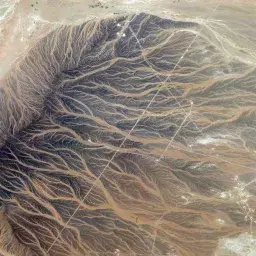
45
serving over
45 years
4
regions around
the world
29
ongoing
projects

North America
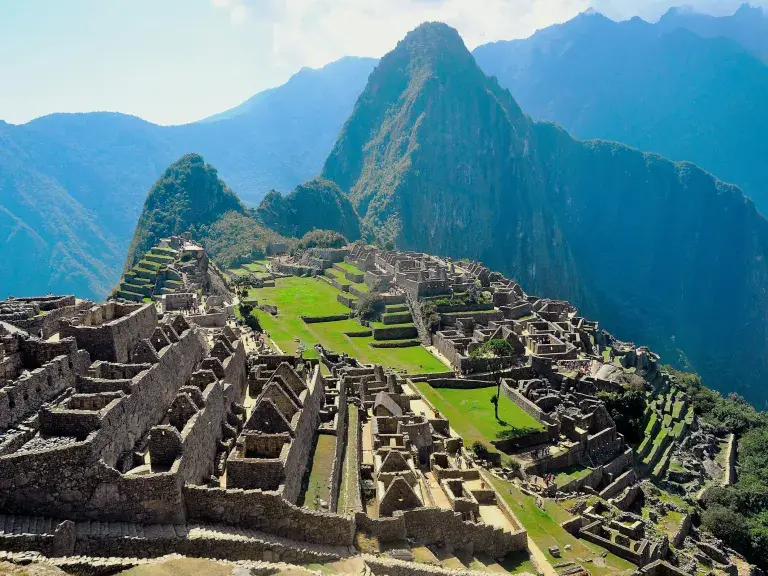
South America
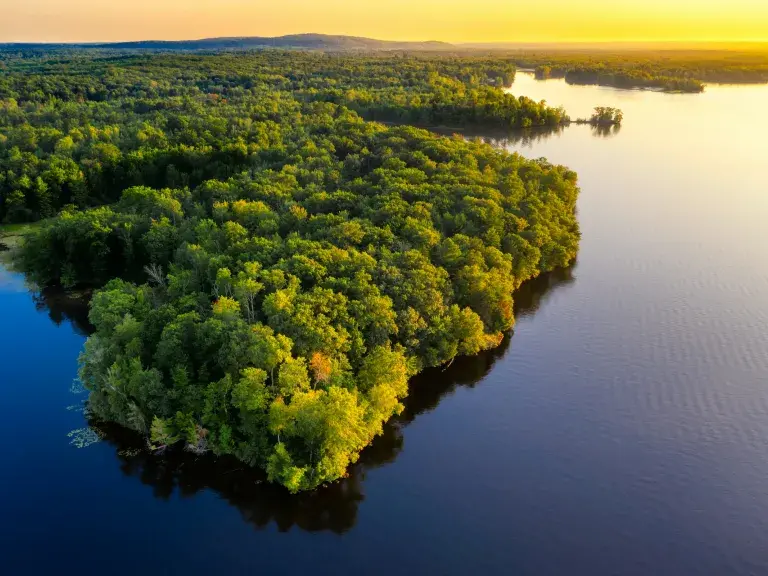
Central America
